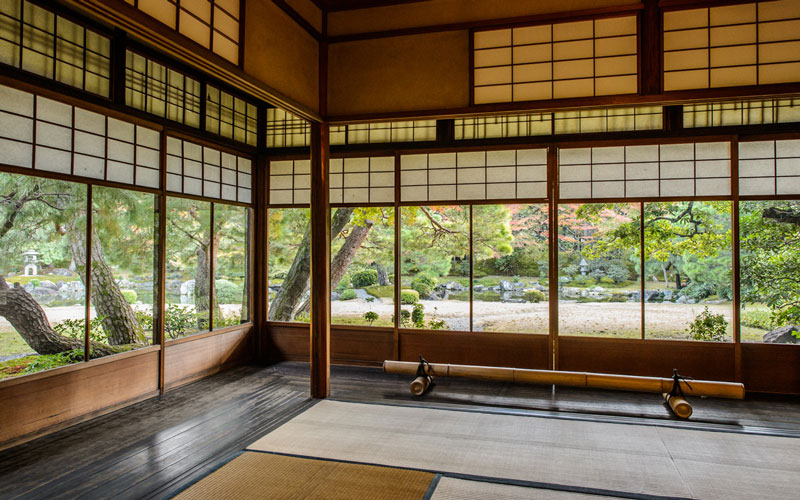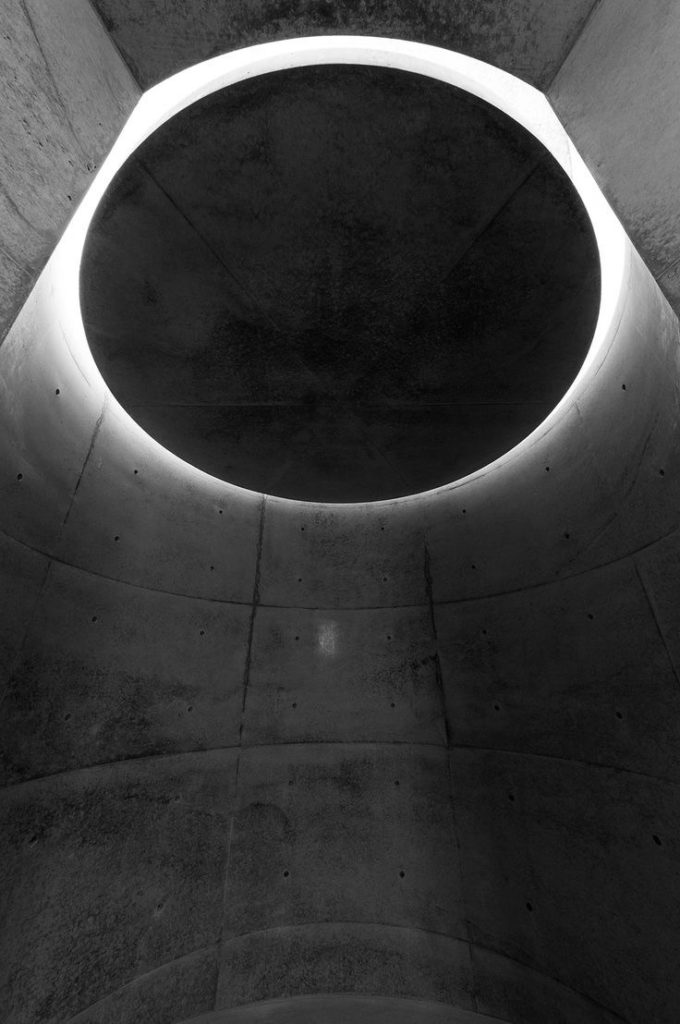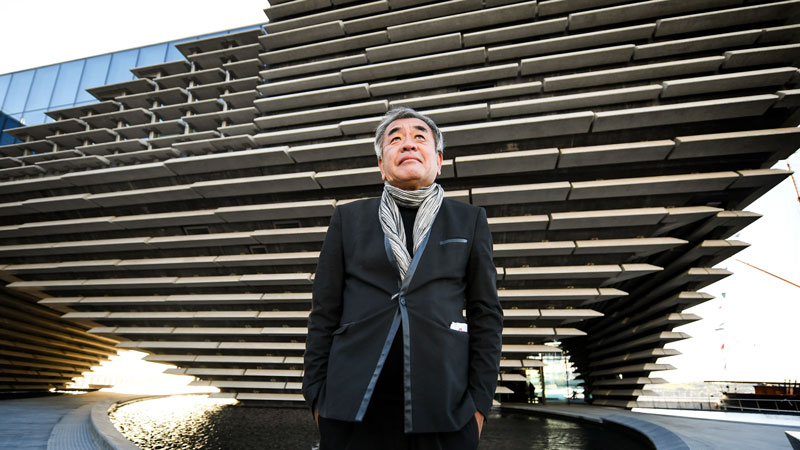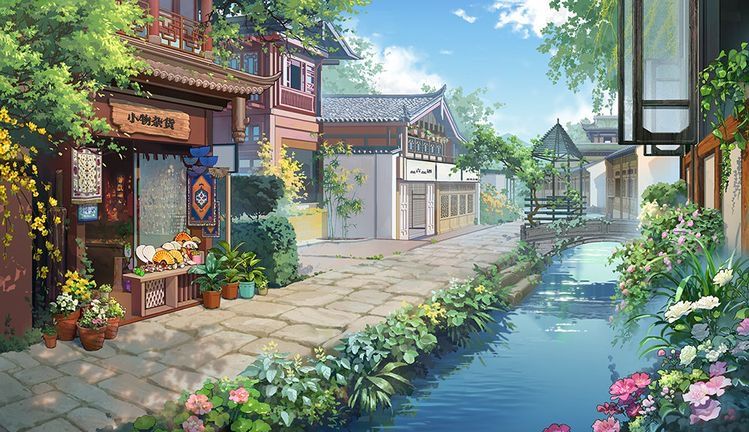Ever since the days of the Meiji era that brought isolationism to its demise and pushed Japan towards becoming a major player on the global stage, contemporary Japanese architecture shifted towards a more modern and Western approach –– capturing the imagination and creativity of the West and its ideals.
Following the Honorable Restoration, Japan’s subsequent advancements to modernize, and to a large extent “Westernize” resulted in significant changes in architectural design and construction.
The destructive forces of modernization and catastrophic seismic disasters such as the 1923 Great Kanto earthquake and the tremendous devastations caused by World War II, led to an extensive restoration in the post-war decades that signified a cultural shift and much of what replaced traditional Japanese architecture by the 20th century.
Traditional Japanese Architecture vs Contemporary Architecture

In the past, wooden constructions that elevated slightly off the ground adorned with tiled or thatched roofs were typical of Japanese traditional architecture. Walls were replaced by other conventional divisions such as sliding doors called fusuma (襖), allowing the internal space and design to be accustomed to different occasions.
Traditionally, there were also various styles, features, and techniques exclusively embedded into the country’s culture throughout the different periods. Residences such as castles, Buddhist temples, and Shinto shrines are just some of the many architectures unique to the culture.
However, as the new millennium dawned, Japanese architects began to define a new direction for their profession. Since then, Japanese architecture has rediscovered its identity, becoming more radical and independent of Western forms and approaches. Although attention to material workmanship, conceptual purity, and spatial resourcefulness are still common characteristics of contemporary Japanese architecture, no single overarching style influences its growth.
Nonetheless, there is a certain feature that runs across these works — a fundamental aspect that is as prevalent as it is intriguing, the element of surprise.
Ihyou

Ihyou (pronounced “ee-hyoh”) is the Japanese concept of something unexpected or surprising. This nuance is crucial for a term that drives modern Japanese art and design; something that is rarely extravagant or striking.
In this context, surprise refers to the subtle yet effective manipulation of expectations that reside in the beholder’s mind. Instead, today’s Japanese composition and designs produce an indelible impression by elevating the individual’s consciousness and questioning. Regardless of the size, program, or construction of the structure, many strategies are utilized to produce and adopt these phenomena.
Despite the variety of surprises available ranging from subtle to abrupt, Ihyou stimulates the individual’s curiosity, fascination, and delight whilst highlighting the purpose of creating a conscious connection to leave a lasting impression. As outlined by designers, three key ways for obtaining Ihyou are impossibility, incongruity, and totality.

Impossibility may seem like an odd goal for architecture; however, it is exactly what some of today’s most famous Japanese architects strive for in their work. In fact, the very essence and concept of impossibility –– something that contradicts natural physical rules –– creates works that point toward a different interpretation and viewpoint of architecture as a whole.
For example, an exterior courtyard at Tadao Ando’s Chichu Art Museum located in Naoshima, Japan, is surrounded by a concrete enclosure that appears to hover above a horizontal void, lacking any means of vertical load transfer. The ceiling of the underground space consists of a backlit concrete disc with no sign of attachment, seemingly demonstrating an interplay of light and shadow, the meticulous building of platonic volumes, and the unwavering pursuit of material perfection.
Incongruity

Incongruity, on the other hand, is another technique that involves the creation of deliberate and discordant forms of expression in the built environment. In addition to “impossible” elements, Japanese contemporary architecture routinely defies conventional expectations on a macro level. Incongruity refers to something that is out of sync and harmony with its surroundings or procedures such as the status quo.
One way to achieve this concept is through questioning everything around the individual: from materials, construction processes, programs, spatial organization, massing, and so forth, this is how Japanese architects are able to grasp the concept of incongruity.
Constructed and designed by architect Toyo Ito, the Mikimoto Ginza 2 skyscraper that stands in Ginza, Tokyo, features a hybrid reinforced concrete-and-steel plate enclosure with no apparent junctures or support. Instead, the interior diagrid structure is concealed by a series of fissures positioned at building corners at seemingly random intervals. As a result, there is a lack of vertical continuity, separate floor levels, and structural joints — all of which are prominent tectonic indications in buildings.
Totality

Treating architecture as a totalizing experience is one of the most efficient ways to leave an all-encompassing experience. This is accomplished through increasing the signal-to-noise ratio of architecture or focusing on material and spatial cues that focus on a single material system. This method comprises whittling down the material palette to as few items and systems as possible while concealing or removing the unnecessary aspects. Through this, architects may then maximize the experiential tales disclosed by their projects in this manner.
The Toledo Art Museum’s Glass Pavilion places a premium on the utilization of the floor-to-ceiling glass walls through layers of curved glass that work together to control light in unexpected ways.
The concept of the pavilion is made up of a grid consisting of different rectilinear shapes that represent programmatic adjacencies, with room-to-room connections made possible by curving glass surfaces. Moreover, glass wraps across the areas, thus creating continuous elevations with no corners through networks of interconnected bubbles.
The 1960 World Design Conference in Tokyo provided leeway in bringing modern Japanese architecture into the international spotlight and provided a gateway to the dynamic Japanese Metabolist architecture movement. This movement may be observed through the creation of structures such as the Yoyogi National Gymnasium and the Komozawa Olympic Memorial Tower built for the 1964 Tokyo Olympics that now serve as iconic structures in the country.
Through time, the architects behind Japan’s brilliant architectures and designs rose to prominence and since then, have made significant contributions to the architecture world both locally and internationally.
Tange Kenzo

During the early days of postwar city planning, Tange Kenzo (1913-2005) was a pivotal figure that paved the way for Metabolist and Brutalist traditions. Kenzo, who was influenced by Swiss-French architect Le Corbusier and chose concrete as his favored medium, was a favorite in the realm of modern Japanese architecture. As a predecessor of modern Japanese architecture, Kenzo eventually set his sights on mega constructions that would include enormous buildings and areas rather than single ones.
Some of Kenzo’s most prominent works include the Tokyo Metropolitan Government Building, St. Mary’s Cathedral, and the Hiroshima Peace Memorial Museum.
Kikutake Kiyonori

Similar to Kenzo, Kikutake Kiyonori (1928-2011) was also a prominent member of the Japanese Metabolist movement and was influential in the development of the movement’s ideas and architectural design. Many of his ideas were based on the concepts of temporary and permanent space, with rooms that may be reconfigured depending on their current use. He was also influenced by Le Corbusier and served as a mentor to a number of young architects over the years.
Kikutake is best known for his 1958 “Marine City” megastructure project and for some of his famous works and designs including the Kyushu National Museum and the Edo Tokyo Museum.
Kuma Kengo

Kuma Kengo (1954) is one of the more recent and sought-after architects of today. Many of his current designs incorporate wood and lattice structures, with many being inspired by the area’s history and environment. Kengo was also named an Officier de L’Ordre des Arts et des Lettres in France in 2009 after winning the Architectural Institute of Japan Award in 1997.
Together with his current architectural firm, they appear to be the designers of every new notable building in Japan, including the Japan National Stadium in Tokyo which was built for the 2020 Summer Olympics, and the Akagi Shrine located in Kagurazaka, Tokyo.

















































